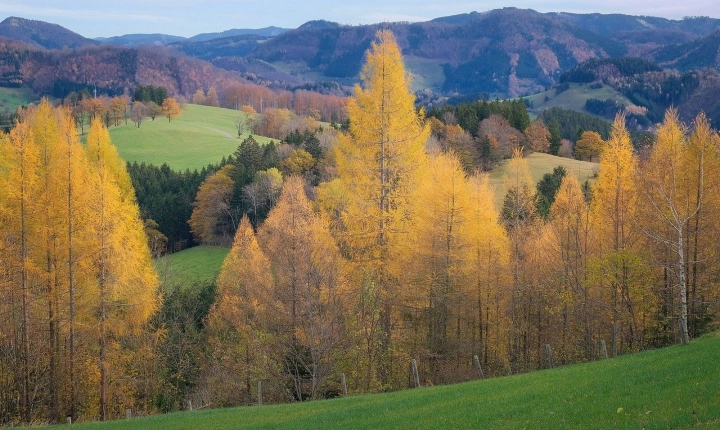ChatGPT is an impressive language model known for its ability to generate human-like text based on the input it receives. However, have you ever wondered if it’s possible for ChatGPT to read and interpret images as well? The answer is yes! In this article, we will explore how to make ChatGPT read images and utilize this feature to generate text based on visual inputs.
Understanding ChatGPT’s capabilities:
ChatGPT is a state-of-the-art language model developed by OpenAI, capable of understanding and generating human-like text. It can process and comprehend a wide range of inputs, including natural language, and generate responses based on context and information provided. However, ChatGPT’s ability to interpret images is limited, as it is primarily designed to process and generate text-based data.
Integrating image recognition capabilities:
While ChatGPT’s native functionalities do not include image recognition, it is possible to integrate third-party image recognition models to enable ChatGPT to interpret visual inputs. By utilizing image recognition APIs or models, developers can preprocess images and extract relevant information, which can then be passed to ChatGPT for text generation.
Step-by-step process for making ChatGPT read images:
1. Image pre-processing: Begin by preprocessing the image using an image recognition model or API such as TensorFlow Object Detection API or AWS Rekognition. This step involves extracting relevant features and information from the image, such as object detection, facial recognition, or scene understanding.
2. Text representation: Convert the extracted visual information into a structured textual format that can be understood by ChatGPT. This may involve converting object detections into descriptive text or summarizing the visual content in a format suitable for inputting to the language model.
3. Input to ChatGPT: Once the visual data is represented in a textual format, input it to ChatGPT for text generation. This can be done using the model’s API or a custom integration within a software application.
4. Text generation: ChatGPT will process the textual representation of the image and generate a response based on the visual inputs provided. The generated text can describe the contents of the image, infer relationships between objects, or provide contextual insights based on the visual content.
5. Feedback and refinement: As with any machine learning process, it is essential to validate and refine the outputs generated by ChatGPT based on the visual inputs. Iterate on the image pre-processing and text representation steps to improve the accuracy and relevance of the generated text.
Applications of image interpretation with ChatGPT:
The ability to make ChatGPT read images opens up a wide range of potential applications across various domains. For instance, in customer service, ChatGPT could interpret product images and provide detailed descriptions or recommendations. In healthcare, it could analyze medical images and assist in generating reports or identifying anomalies. Additionally, in education, it could provide interactive learning experiences based on visual inputs.
Conclusion:
In conclusion, while ChatGPT is primarily designed for text-based inputs, it is possible to integrate image recognition capabilities to enable it to read and interpret visual data. By following the steps outlined in this article, developers can leverage the power of ChatGPT to generate text based on image inputs, unlocking a new realm of possibilities for utilizing this advanced language model.
As image recognition technology continues to advance, the integration of visual interpretation with ChatGPT has the potential to revolutionize how we interact with and utilize both textual and visual data in various applications and industries.
